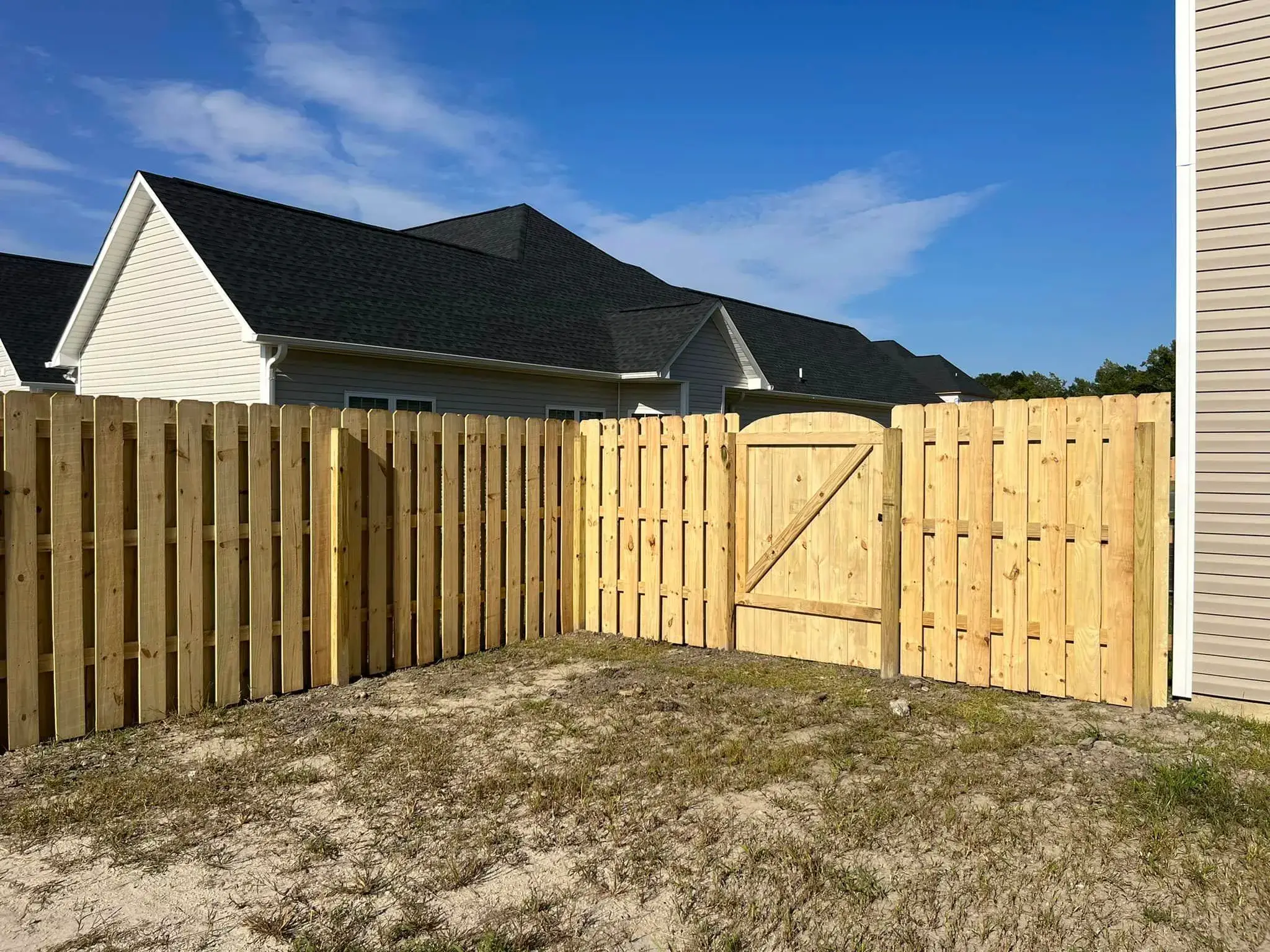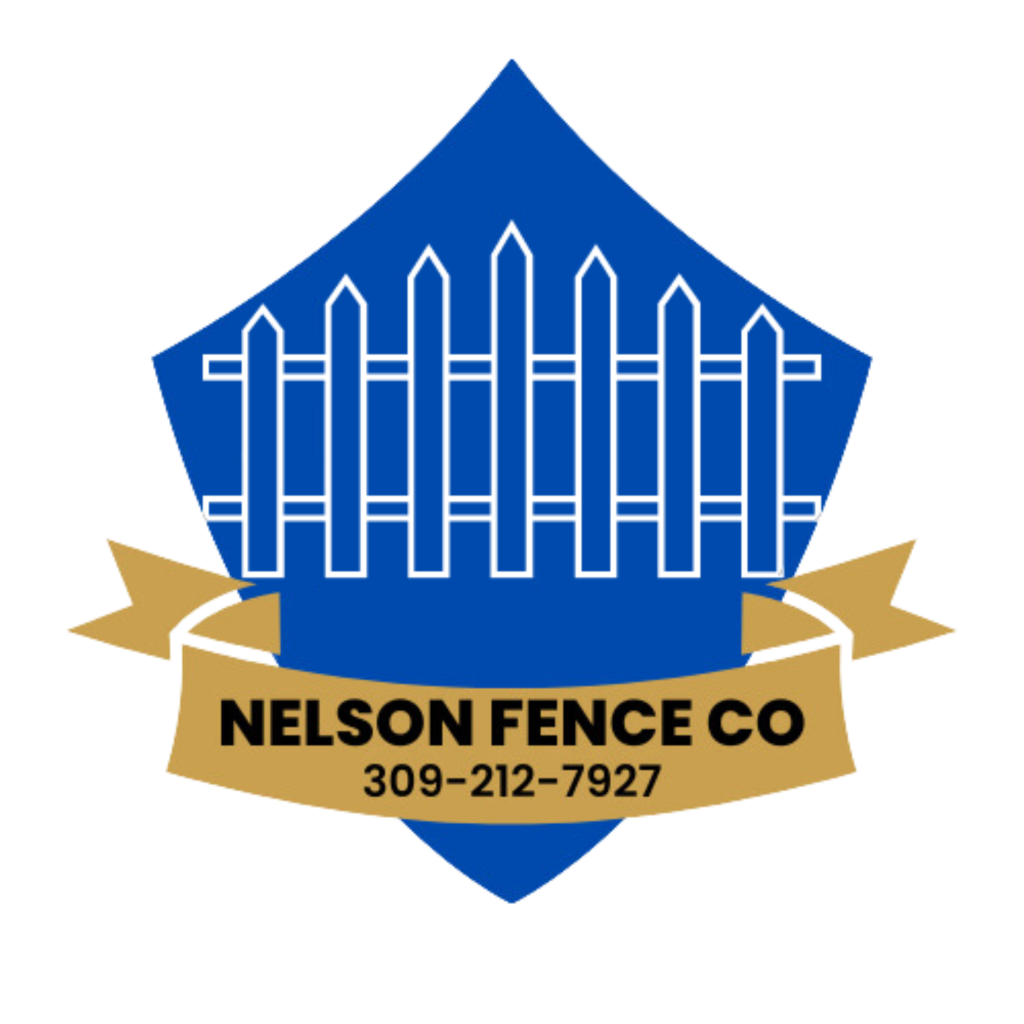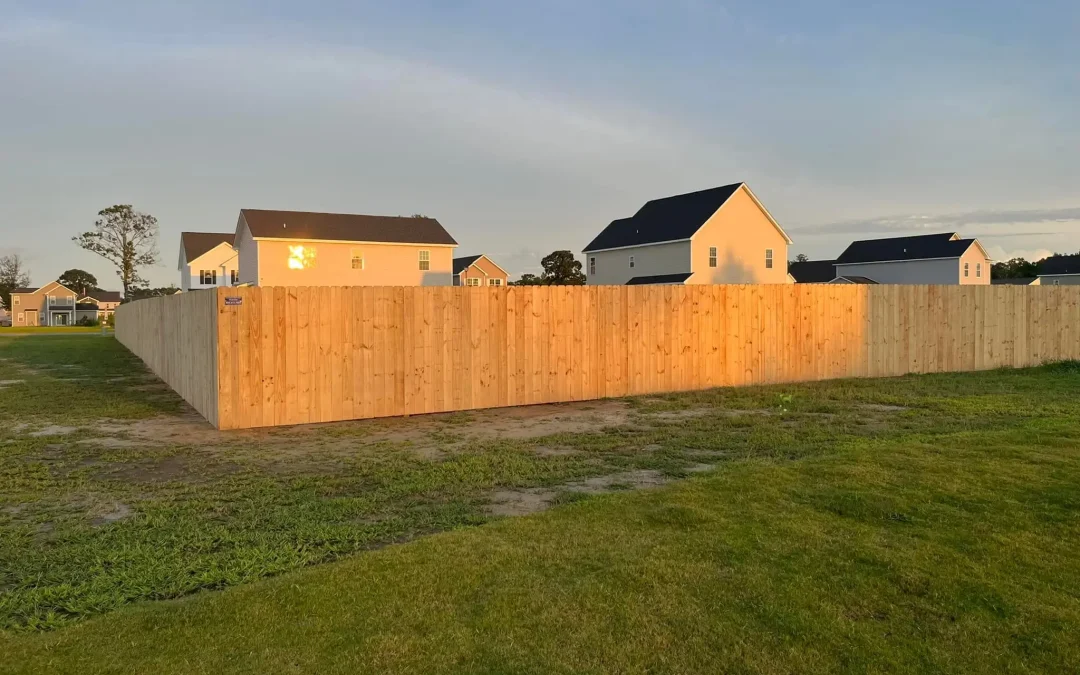A wood fence brings charm, privacy, and security to your property. However, like any structure exposed to weather conditions, it’s vulnerable to wear over time. Recognizing when repairs are necessary not only extends the life of your fence but also saves you money and ensures its appeal and functionality. Below, we’ll walk through detailed tips and insights to help you identify signs of damage and keep your fence in great condition.
How to Know When Your Wood Fence Needs Repair
Knowing when your wood fence requires attention comes down to careful observation and attention to detail. Small issues, if left unaddressed, can lead to major repairs or even full replacement. Key indicators include cracks in panels, leaning posts, discoloration, and gaps between sections. Regular upkeep makes all the difference, protecting not only your investment but also the fence’s curb appeal and security.
Visual Inspection Techniques
The first step in assessing your fence is a thorough visual inspection. Walk along its length, checking for visible signs of trouble in all areas, especially at the bottom, where water and moisture can cause significant damage. Look for cracks, splinters, or decay in the wood, and pay attention to any panels that may be sagging or leaning.
Another thing to inspect is the presence of rust on nails or fittings, which can compromise the fence’s overall integrity. Consider the weather conditions in your area, such as heavy rain or intense sun exposure, which can accelerate wear on wooden materials. A regular visual check helps you catch problems early, preserving your fence’s structure and longevity.
Identifying Rot and Decay
Wood naturally deteriorates over time, particularly in moist environments. Look for areas with rot, noticeable through discoloration, softness, or crumbling wood. Focus on fence posts and sections near the ground, as these are most prone to decay. Rot can spread quickly and, if untreated, may weaken the entire structure. When you find rot, consider applying wood treatment products to slow the decay or replacing the affected panels altogether.
Checking for Loose or Missing Boards
Loose or missing boards are more than just an eyesore; they impact security and curb appeal. During your inspection, check connections where nails or screws secure boards to the posts. If nails are rusted or missing, the gaps can become an invitation for moisture, pests, or animals like your pets to pass through freely. Replace any unsalvageable boards promptly to maintain the integrity and appeal of your fence.
Assessing Fence Posts Stability
The stability of fence posts determines the strength of the entire structure. Inspect each post individually by applying light pressure. If a post wobbles or leans excessively, it could be due to rot, ground erosion, or loose fittings. Moisture trapped at the post’s base is a common culprit, and reinforced posts may be needed to restore stability. This is an essential part of fence repair that prevents collapse and extends the fence’s life.
Evaluating the Condition of the Gate
Gates often experience greater wear than other sections of the fence due to frequent use. Inspect the gate for sagging, misalignment, or difficulty latching securely. If the hinges rust or loosen, the gate’s usability will suffer. Replacing the hardware or realigning the gate should restore functionality while enhancing the overall appearance of your fence.
Signs of Insect Damage
Termites and other wood-burrowing insects are a homeowner’s worst nightmare when it comes to fences. Check for tiny holes, sawdust piles, or hollow-sounding wood, which can indicate termite activity. If left untreated, these pests can significantly weaken the structure. Utilize suitable pest control measures and conduct regular inspections to prevent infestations.
Warping and Splitting Issues
Warping and splitting are common in fences exposed to prolonged moisture or fluctuating weather conditions. Boards with visible bends, cracks, or splinters can create gaps, reducing both the appeal and security of the fence. Applying a sealant as part of regular upkeep can prevent warping caused by water exposure.
Effect of Weathering on Wood Fences
Over time, exposure to sunlight, rain, and snow can lead to discoloration, cracking, and general wear. Look at the overall coloration of your fence. If the wood appears bleached or unevenly shaded, it’s likely from sun exposure. Applying weather-resistant staining treatments can revive the look and protect your fence from future damage.
Maintenance History Review
When was the last time you performed maintenance on your fence? Regular treatment helps preserve its materials and extend its lifespan. Homeowners who invest in periodic staining, sealing, and repairs find their fences have better longevity compared to those left untreated. If a particular section has undergone repairs in the past, inspect it carefully to ensure continued stability and durability.

Preserve the Life of Your Wood Fence
Maintaining your wood fence doesn’t have to be overwhelming. Regular care, such as inspecting for cracks, discoloration, and mildew, can help prevent costly repairs. With a proper upkeep schedule and timely replacements where necessary, you can enjoy your fence as a long-term investment. Whether it’s a classic wood look, metal accents, or even sections of vinyl, protecting your fence preserves not only its curb appeal but also the security it brings to your property.
By dedicating time to inspecting and addressing small issues promptly, you safeguard the integrity of your fence against weather conditions and daily wear. Explore your repair options early, and when in doubt, consult a professional to ensure your fence remains a strong, functional, and attractive feature of your home.
When to Seek Professional Help
While regular maintenance can go a long way in the preservation of your wood fence, there are times when calling in a professional is the smartest way to handle more serious issues. If your fence is showing signs of extensive wear and tear, such as rotting posts, large sections of warping, or structural instability, it may be beyond the scope of DIY fixes.
Several factors can influence whether you need expert assistance—these include the types of damage, the age of your fence, and how well it’s been maintained over the years. For example, replacing one broken board might be manageable, but if multiple boards are failing or the foundation is compromised, a full or partial rebuild may be necessary.
Working with professionals like Nelson Fence Company ensures that repairs are done safely, correctly, and in a way that extends the life of your fence. Whether it’s evaluating hidden damage or selecting the right wood types for replacement, expert input can make a major difference.
Trust Nelson Fence Company for Expert Wood Fence Repair Services
When it comes to durable and well-crafted fence solutions, Nelson Fence Company is the name you can trust. Whether you need expert wood fence repairs or professional wood fence installation, our team delivers quality results tailored to your property’s needs. We also specialize in chain link fencing and other versatile options to secure and enhance your home.
Proudly serving Onslow County and surrounding areas, including Hubert, Jacksonville, and Swansboro, we’re committed to combining top-tier craftsmanship with exceptional customer service. From quick repairs to full-scale installations, we ensure your fence stands the test of time while adding style and functionality to your outdoor space.
Contact Nelson Fence Company today to schedule your consultation. Let us help protect and beautify your property with solutions designed just for you!
Frequently Asked Questions
What are common signs of a damaged wood fence?
Common signs include cracks, rot, discoloration, leaning sections, missing or loose boards, and broken posts. You may also notice gaps forming between panels or splinters on the surface.
How can I check for rot in my wood fence?
To check for rot, inspect areas that are close to the ground or exposed to moisture. Look for soft, crumbling wood or dark discoloration that differs from the rest of the fence.
What should I look for in the posts and panels?
Check if posts are leaning or wobbly and ensure they are firmly secured in the ground. For panels, look for cracking, warping, gaps, or signs of decay that could weaken the structure.
How do I know if my fence needs to be replaced?
If multiple sections are severely damaged, leaning, or rotting, or if repairs no longer restore the fence’s integrity, it may be time for a full replacement.
What tools can help me inspect my wood fence?
Tools like a flashlight, screwdriver, and hammer can help you probe the wood for softness, check fasteners and nails, and inspect hard-to-see areas for damage.
Are there specific weather-related issues to watch for?
Yes, watch for water damage, rot from excessive rain, cracking or warping from sun exposure, and wear caused by snow or ice buildup.
How often should I inspect my wood fence?
It’s best to inspect your fence every 6 months and after severe weather events to catch damage early.
What does it mean if the wood fences are leaning?
Leaning fences often indicate unstable or rotting posts, ground erosion, or improper installation. This can compromise the entire structure and needs to be addressed promptly.
Should I check for pests when inspecting my fence?
Yes, look for signs of termites, such as small holes or wood dust and other pests, like carpenter ants, that can damage the wood.
How can I maintain my wood fence to prevent damage?
Regularly clean the fence, apply a waterproof sealant or stain annually, and inspect for issues like cracks, rot, or pests. Clearing debris and ensuring proper drainage around the base can also help maintain the condition of the area.

